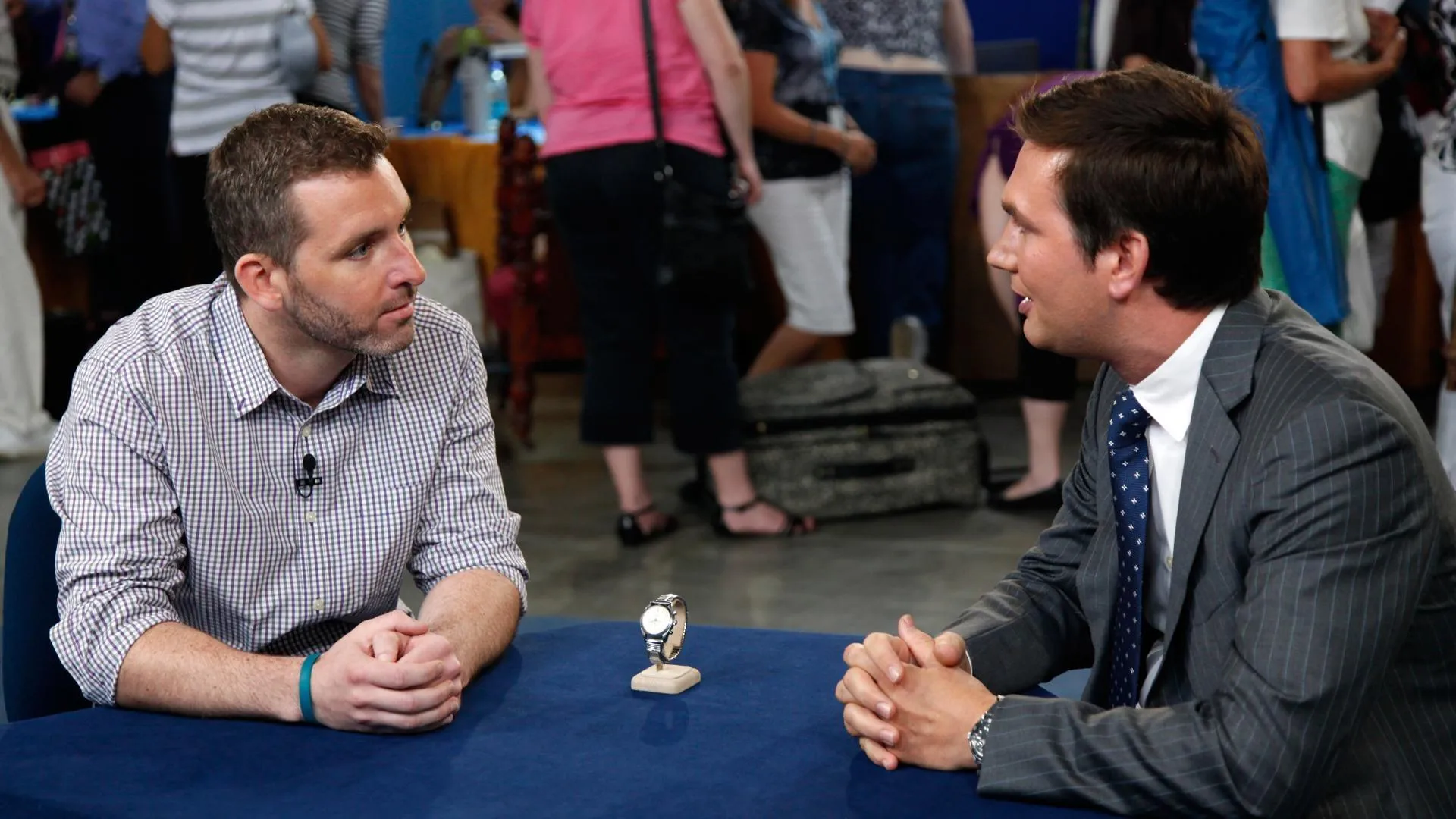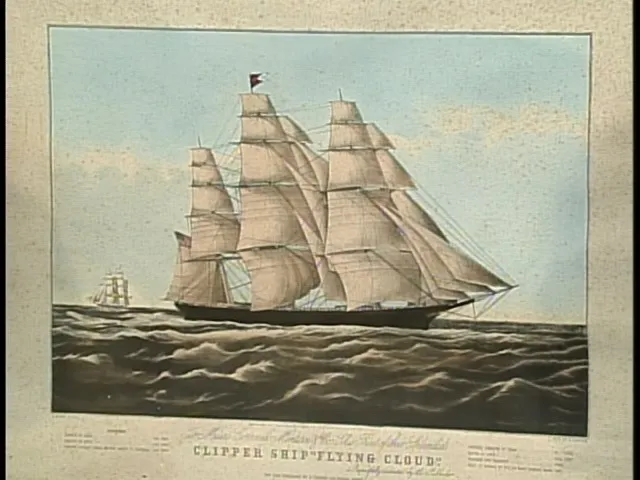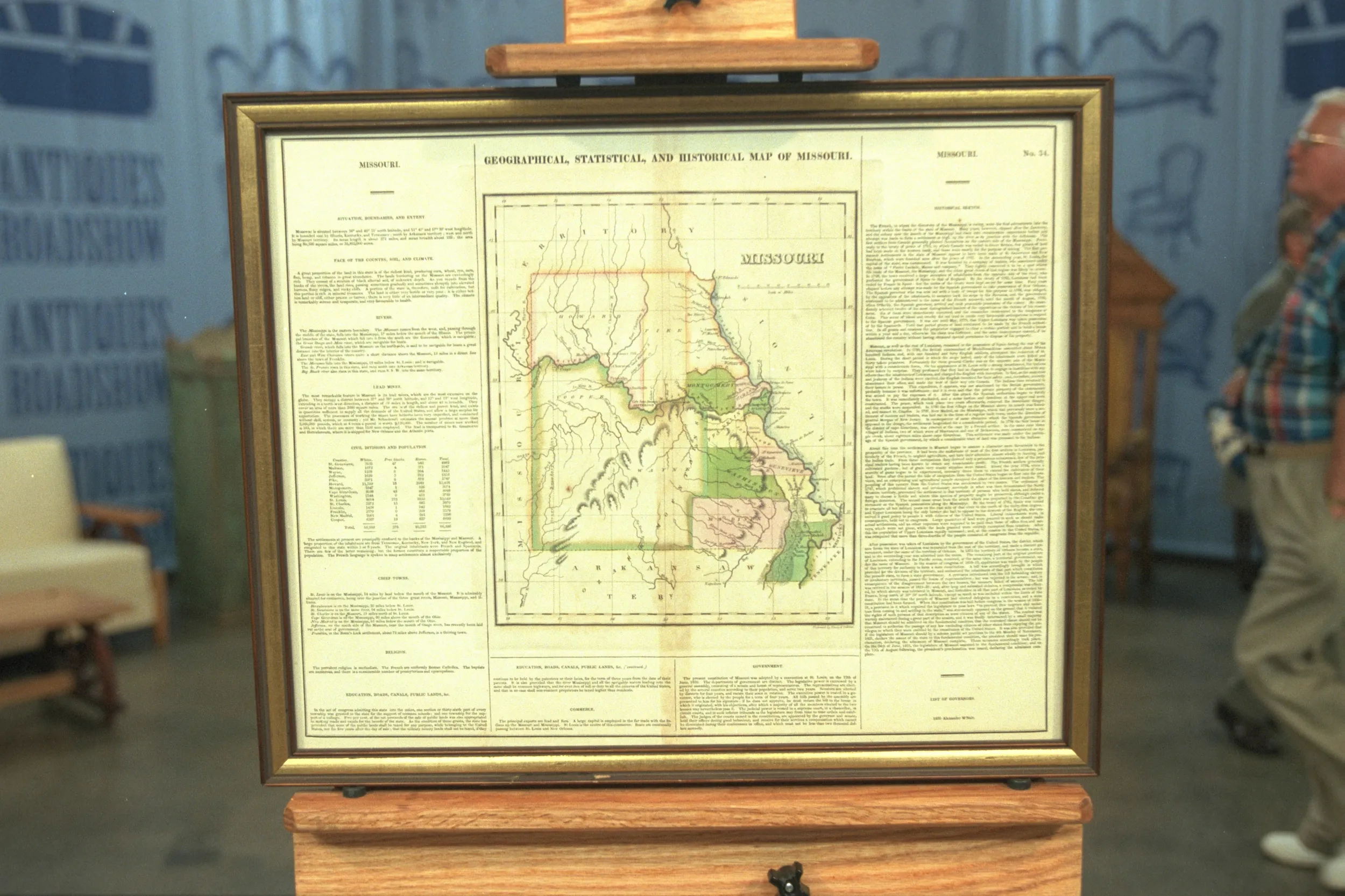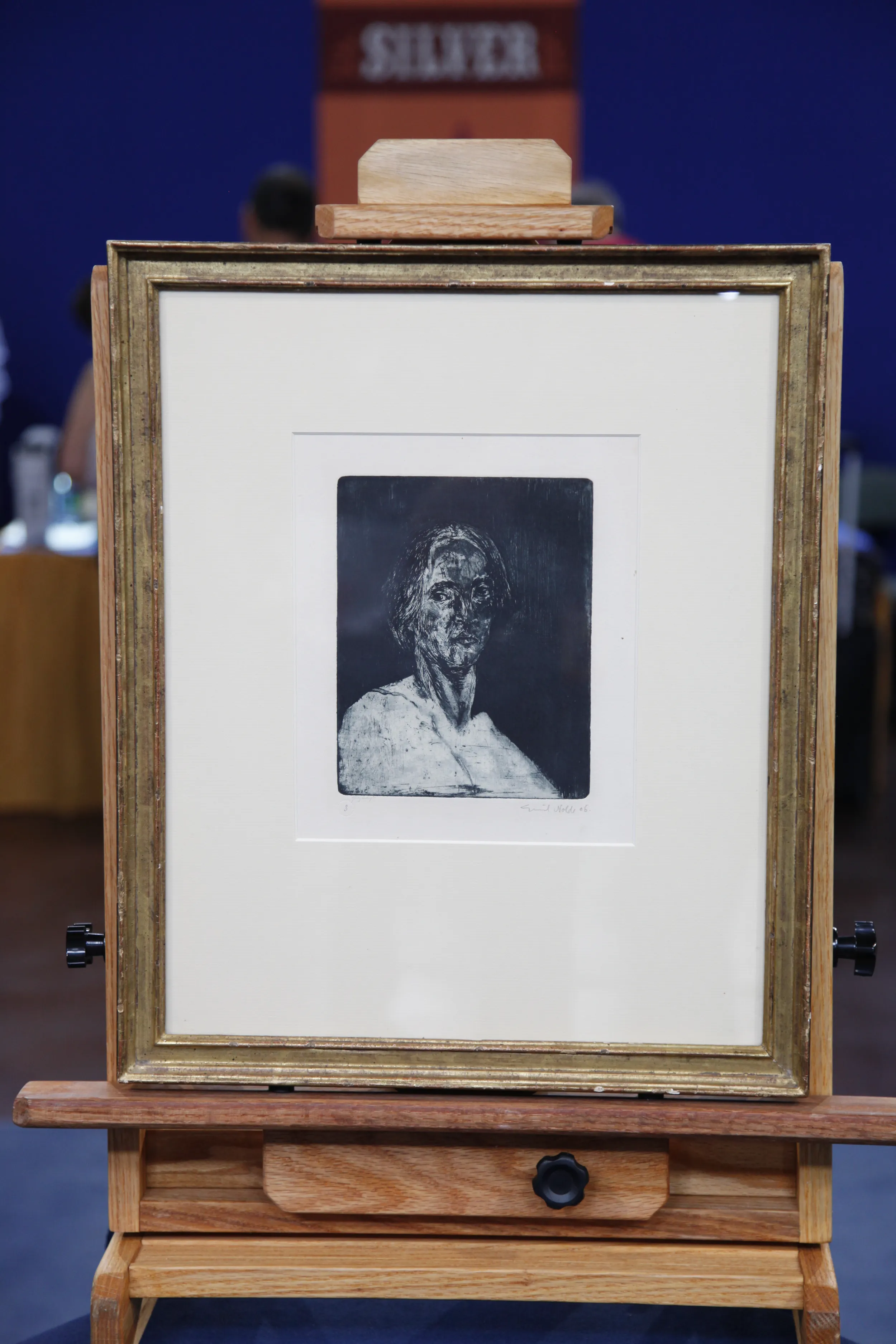GUEST: These were a gift from my dad, who worked at the Smithsonian Institute in Washington, D.C., and these were given to him as a retirement gift, and I'm not sure who gave them to him. He gave them to me about 15 or so years ago.
APPRAISER: And when did he get them originally?
GUEST: He got them in the early '70s.
APPRAISER: Okay. Currier & Ives were the biggest publisher of prints in basically the second half of the 19th century, and they did hand-colored lithographs. A lithograph would print the black and white image and then they were hand-colored on top of that. Now, they are the most famous and popular. Especially these would be; the size is called small folio, and they've been copied over and over and over again, and so the real question is, how do you know? Now, do you have any idea how you can tell?
GUEST: Someone once told me that it has to be a certain exact measurement.
APPRAISER: Okay, well, that is actually one of the ways you tell, because many reproductions are the wrong size. You can also look at them through magnification, and if you see little dots-- a lot of the reproductions have little dots of color-- that's a reproduction.
GUEST: Mm-hmm.
APPRAISER: I'm happy to tell you these are originals.
GUEST: Good. (laughs)
APPRAISER: Now, there were almost 8,000 different prints by Currier & Ives. A lot of them they kept issuing over and over and over again, and they were very popular. Most of their market was in the East Coast. These were done in the 1870s, and you see a couple of them have the date. Right down here you can see the date, 1871. But they were done in that period because that was when the great western migration was there. And of course, Currier & Ives were merchants who were selling any kind of print they could, so if they thought there was a market for it, they made prints. Everybody's moving out west, California gold rush, they wanted to sell prints. So, they're actually... the western prints are scarcer. They didn't issue as many. They also happen to be more desirable, because people nowadays are really interested in the American West and the period of exploration, more so than the common sort of genre prints or little kitten prints. Now, if you've looked online, you see a lot of the small-folio Currier & Ives sell for, in a retail environment, between maybe $100, $300. These are better than that. The least valuable is probably The Western Farmers Home, up here in this corner. It's a great scene, but it's not really specific to any one place. It's about the immigration out there. In this condition, in a retail environment, I would expect to see that one for maybe around $500. Now, the Hunting in the Northern Woods is a hunting scene, which is very popular, great color on it, a little indistinct in where it is, so it's a good print, but maybe not quite as valuable as some of the others. About $1,200 is what I expect a shop to have it in that kind of condition. Now, when you get to these two, they're specific locations. There are a number of Yosemites. This is probably the best of them, because it has the Pioneer cabin, which is really a great Currier & Ives scene. So that one, in this condition again, in a retail environment, probably would be about $1,500. Now, this print is even better. First of all, it's a gold rush, which is a great American subject. There were a couple times people voted on what they thought the best 50 small-folio Currier & Ives. This, both times, was in the top 50. I think it was number 11 once and 12 the other time.
GUEST: Really, wow.
APPRAISER: So it's one of the most desirable of the small folio. So in this condition, this would sell for about $2,500.
GUEST: Wow, that's great. (laughs)










